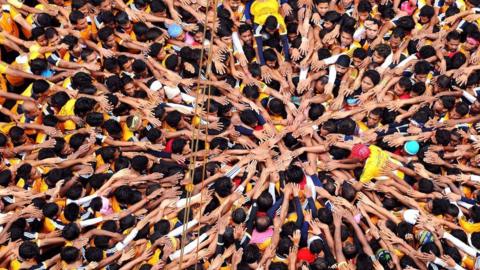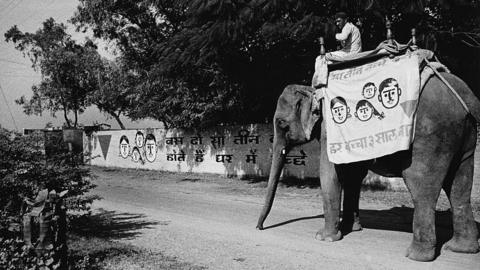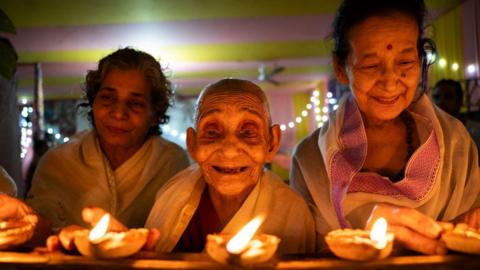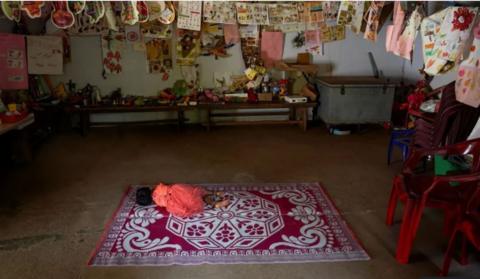Last year, India nudged past China to become the world's most populous country, according to UN estimates.
With nearly 1.45 billion people now, you'd think the country would be quiet about having more children. But guess what? The chatter has suddenly picked up.
Leaders of two southern states – Andhra Pradesh and Tamil Nadu – have recently advocated more children.
Andhra Pradesh is mulling providing incentives, citing low fertility rates and ageing population. The state also scrapped its "two-child policy" for local body elections, and reports say neighbouring Telangana may soon do the same. Next-door Tamil Nadu is also making similar, more exaggerated, noises.
India's fertility rate has fallen substantially - from 5.7 births per woman in 1950 to the current rate of two.
Fertility rates have fallen below the replacement level of two births per woman in 17 of the 29 states and territories. (A replacement level is one at which new births are sufficient to maintain a stable population.)
The five southern Indian states lead India's demographic transition, achieving replacement-level fertility well ahead of others. Kerala reached the milestone in 1988, Tamil Nadu in 1993, and the rest by the mid-2000s.




